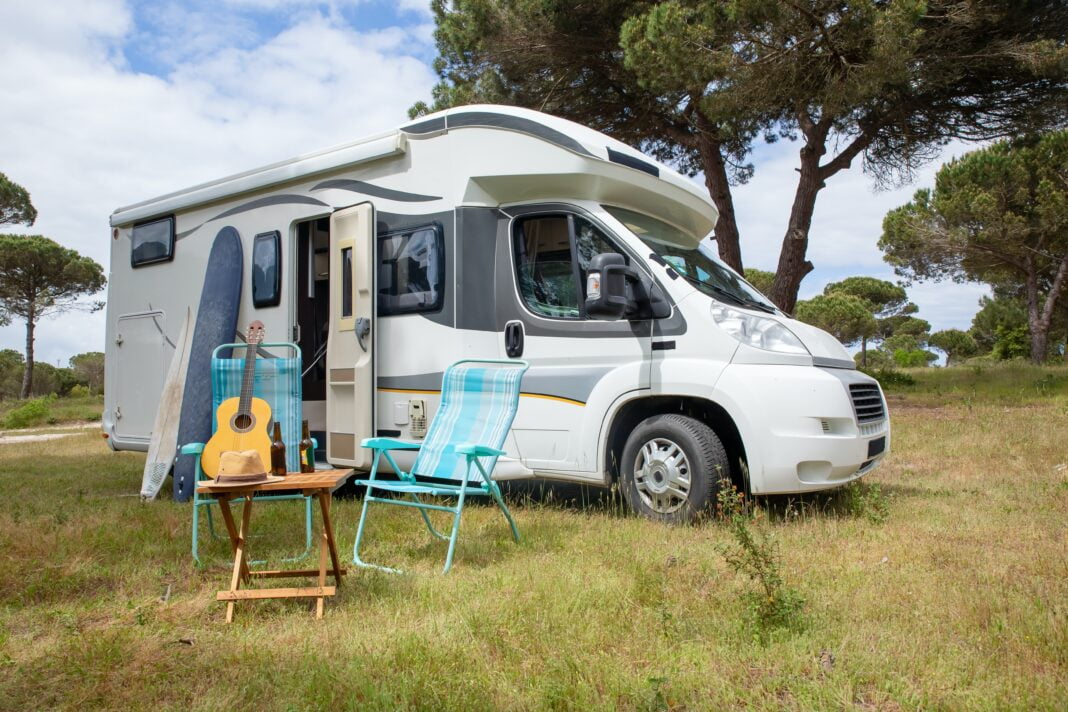Recreational loans have become popular among those looking to improve their outdoor pursuits and experiences. These loans fund various leisure vehicles and activities, including boats, RVs, motorbikes, etc. These loans have their share of difficulties, but they may also lead to wonderful opportunities for exploration and enjoyment. This piece will examine seven issues that arise frequently while taking out recreational loans to assist you in negotiating this financial landscape more skillfully.
Interest Rates and Loan Terms
The interest rates and loan conditions are frequently one of the biggest problems with recreational loans. Lenders may impose higher interest rates since these loans are often seen as more risky than standard vehicle or housing loans. To make sure that they are in line with their financial abilities and aspirations, borrowers must carefully consider the interest rates, loan terms, and monthly payments. It is critical to determine if the loan conditions fit comfortably in your budget because a higher interest rate can dramatically affect the overall cost of the loan throughout its lifetime. It’s also a good idea to look into several lenders and loan possibilities to get the most affordable rates and conditions.
Credit Requirements
Gaining good conditions for a recreational loan depends significantly on creditworthiness. The lender evaluates the credit record and score of the borrower to determine the degree of risk they pose. People with poor credit ratings could have a harder time getting loans or pay higher interest rates. Keeping excellent credit is essential for overcoming this difficulty, whether seeking boat loans in Texas or recreational financing somewhere else. Consider consolidating debt, paying bills on time, and checking for errors in your credit report to raise your creditworthiness. By following these instructions, you may get a loan with better conditions and cheaper interest, making your dream of owning a recreational vehicle more achievable.
Down Payments
A sizable down payment is frequently required for recreational loans. This might be a challenge for debtors who do not have a sizable emergency fund on hand. Budgeting and saving to cover this upfront expenditure is crucial because a sizable down payment might put pressure on your finances. You may accomplish your objective without jeopardizing your overall financial security by designating a savings account just for your down payment. To discover the best loan that fits your budget, look into lenders with various down payment alternatives.
Insurance Costs
Insurance requirements are frequently included when financing a recreational vehicle. These insurance prices might differ significantly depending on the type of vehicle, its value, and its intended use, among other things. Finding the correct insurance coverage and managing expenses may be difficult, particularly for first-time buyers. To overcome this difficulty, look for insurance companies focusing on recreational automobiles and compare rates to obtain the most affordable coverage. Consider additional elements like security precautions and secure storage techniques to lower insurance prices.
Depreciation
Recreational automobiles depreciate over time, unlike conventional residences or real estate investments. This depreciation may impact the loan’s resale value and general financial future. Lenders should be prepared for possible losses when trading or selling their recreational vehicles. To overcome this difficulty, select a car with a lower depreciation rate or look into possibilities like certified pre-owned cars, which could hold their worth better. Keeping your leisure vehicle in good shape might also help it retain value over time.
Maintenance and Operating Costs
The first purchase is only the start. Recreational vehicle maintenance and operation can be expensive. The cost of fuel, upkeep, storage, and campgrounds may rapidly mount up and influence your total budget. To avoid financial burdens, continuing costs must be planned for. Make a thorough budget that covers all related expenses, and be strict about sticking to it. Plan periodic inspections and take care of any problems immediately to avoid more expensive repairs in the future.
Resale Value and Loan Balances
For debtors, selling prices and loan sums might be difficult. Being “upside-down” on the loan means having a financial gap if the recreational vehicle’s market value exceeds the outstanding loan sum. This circumstance may restrict your alternatives if you want to sell or exchange the car before repaying the loan. Consider making additional loan principal payments to lower the outstanding debt whenever possible to solve this issue. Additionally, to remain current on trends in depreciation and prospective resale value, frequently investigate the market worth of your car.
Conclusion
In conclusion, recreational loans provide thrilling chances for fun and relaxation, but they also have several typical difficulties that borrowers must overcome. Careful preparation, financial self-discipline, and comprehensive study are important to navigate these difficulties and benefit from your recreational vehicle while keeping your financial stability.
You may also want to read,
- Unlocking the Secrets: How to Get the Best Interest Rates on Consumer Durable Loans
- How much house can you really afford? The best way to calculate it.
- Advantages of availing housing finance







